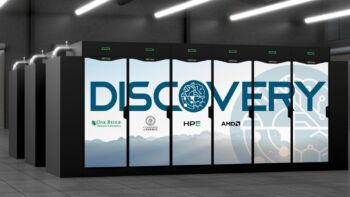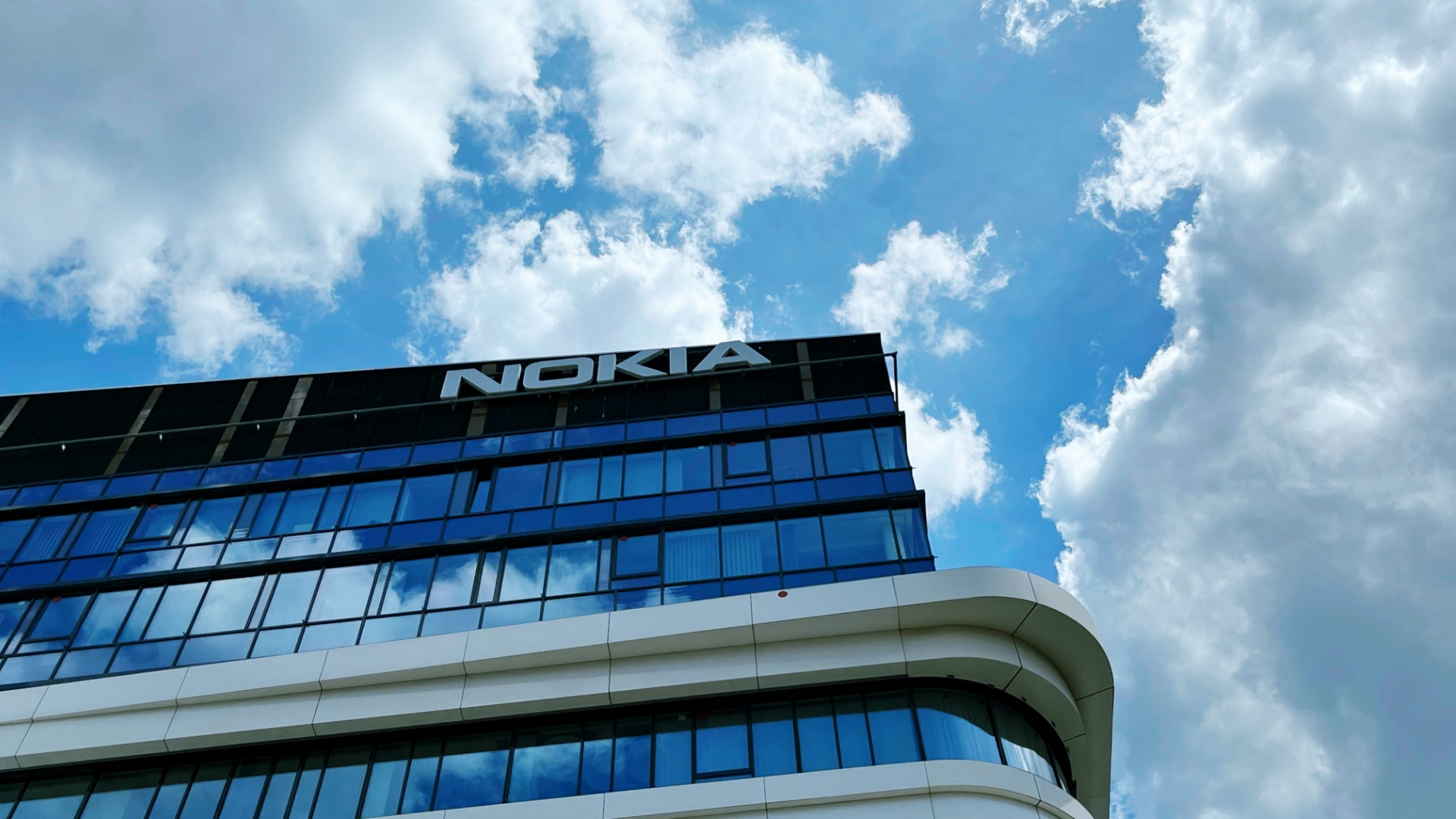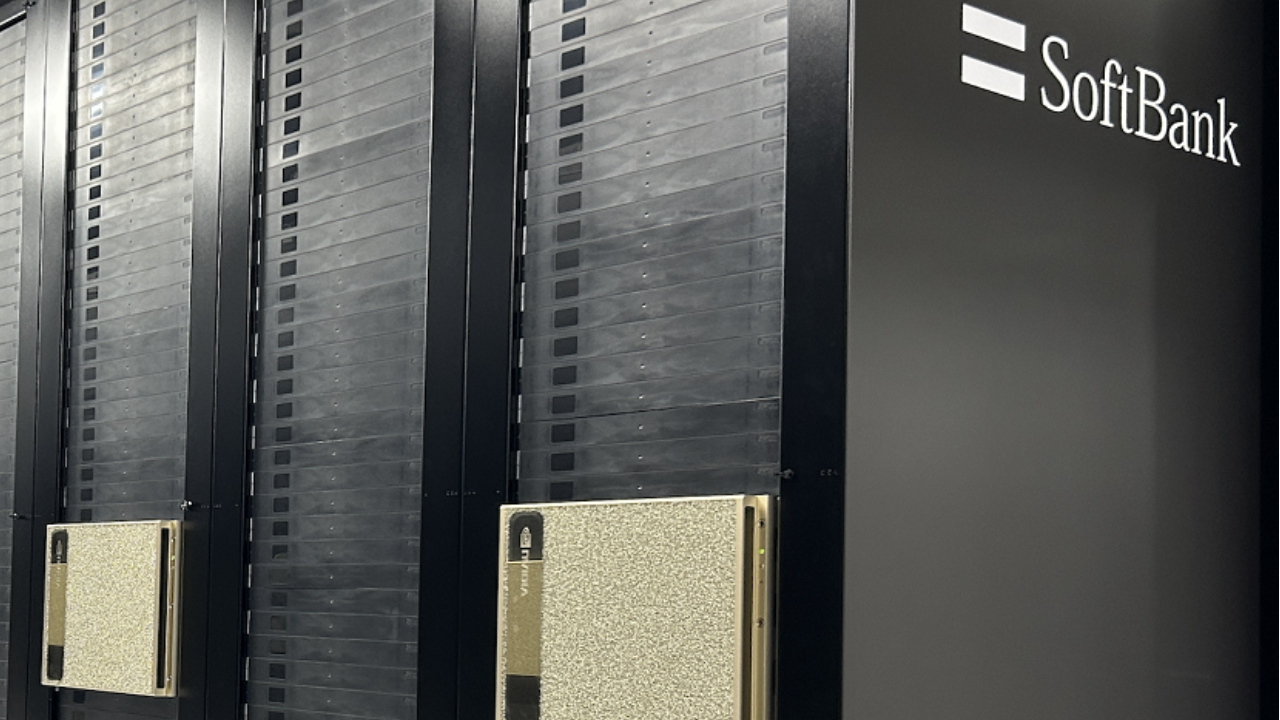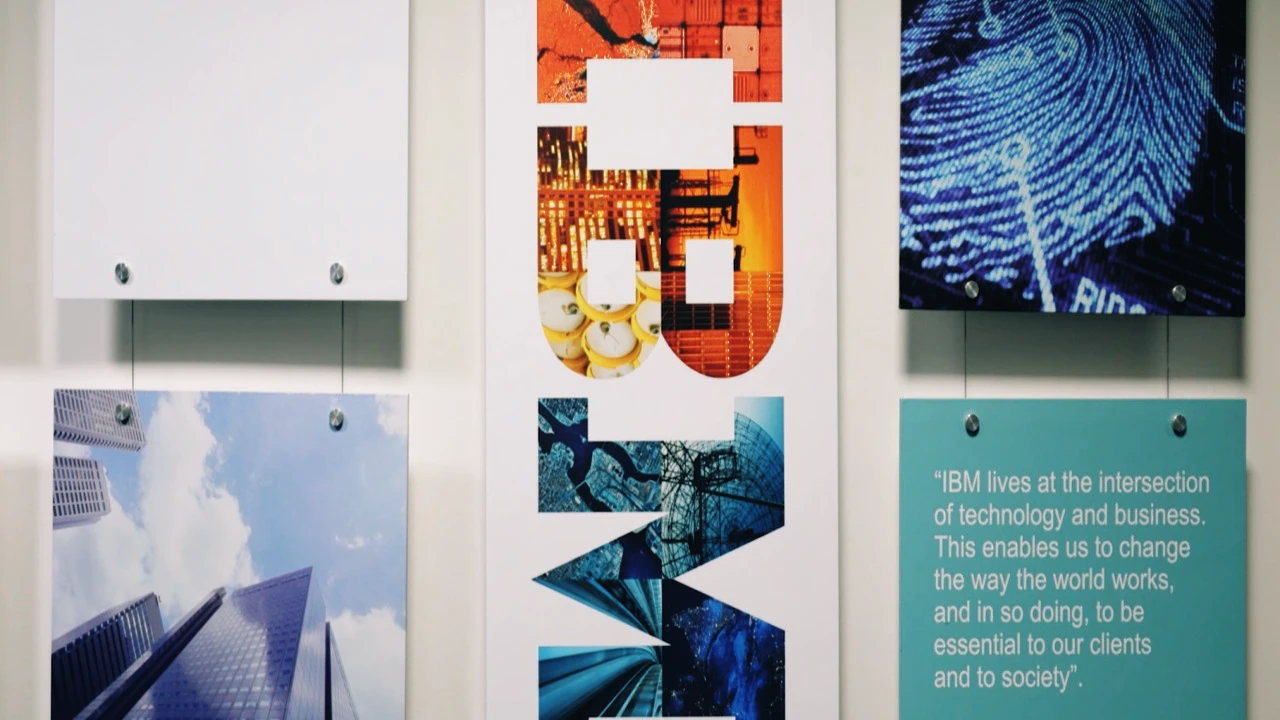Hewlett Packard Enterprise is extending its Morpheus VM Essentials virtualisation platform to support the latest fifth-generation AMD Epyc processors. This move is not just a technical integration – it also sends a clear message: together, HPE and AMD want to fight for the market of customers upgrading their IT infrastructure towards greater efficiency and hybrid cloud readiness.
Morpheus VM Essentials is a simplified, vendor-neutral virtual machine management platform. It offers features such as clustering, VM migration and backup, as well as unified management of VMware and HPE environments. The platform operates on a per-socket licence model, which simplifies costing, especially for medium-sized organisations. It now gains another advantage – support for energy-efficient and high-performance AMD chips.
It is the energy-economic argument that could prove crucial. AMD claims that its Epyc processors consume 27 per cent less power and are 28 per cent cheaper in five-year TCO than competing Intel chips. In an era of pressure on data centre energy efficiency, especially as AI workloads increase, this could have a real impact on purchasing decisions.
From a business perspective, HPE’s alliance with AMD is also a way to build an alternative to the dominant VMware-Intel duo. While Morpheus still works with VMware, it gives users more flexibility and HPE can thus become independent of vendors with an uncertain future (like VMware after its acquisition by Broadcom).
This is another step in HPE’s broader strategy, which for months has focused on simplified cloud offerings and tools for managing hybrid environments. The Morpheus Enterprise version also supports containerisation and multi-cloud – VM Essentials could therefore be the first step in adopting a more advanced architecture.
The partnership with AMD also fits well with the trend of diversifying IT infrastructure. In 2024, the share of AMD processors in x86 servers exceeded 30 per cent, and in some segments (e.g. HPC and AI) their popularity is growing even faster. Customers increasingly expect choice – also at the CPU level.
For HPE and AMD, it is a move that is defensive and offensive at the same time: a response to increasing cost pressures and at the same time an attempt to take advantage of the impasse in the competition. And for customers, a chance to start upgrading their own infrastructure with more open and efficient components without huge investments.












